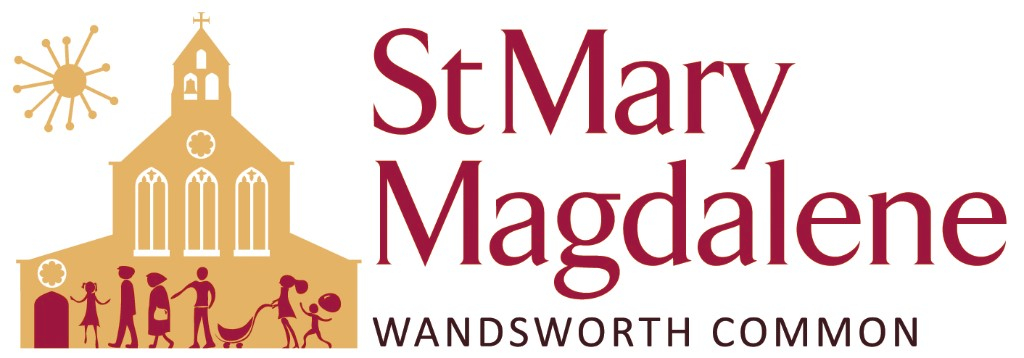George Pigrum Bowie: Wednesday 7th July 1915
George joined the Canadian Infantry at Valcartier (a military base near Quebec). When he enlisted on 10 September 1914 he was 5’11½”, had a 36½” chest with a 5½” expansion, a dark brown complexion and hair, brown eyes and a scar below his right knee. He gave his next of kin as his father while his brother quoted their mother.
Before enlistment, he had already served for three years with the 20th Middlesex Rifles and was an active member of the 31st British Columbia Horse, a militia regiment. His attestation paper shows that he was granted a temporary commission.
By mid 1915 he was a Captain and was serving with 5th Battalion Canadian Infantry, whose war diary for July 1915 states that work was being done to deepen and improve trenches, the need for refurbishment of the wire in no-mans-land, the dispersal of enemy working parties with rifle fire, and trouble with enemy snipers, including the killing of Capt. C.P. Bowie by a sniper’s bullet and wounding of an unnamed soldier.
He is buried in the Berks Cemetery Extension between Ypres and Messines in Belgium. His family added the text “Loved and honoured” to his headstone. He also commemorated on the Canadian Virtual War Memorial. Probate records show he left an estate of £52 7s 1d to his father.
George was born on 29 March 1881. He became a draughtsman with Holloway Brothers (a prominent local building firm, one of whose family is also commemorated on the SMM Memorial) and later an architect.
He worked for Holloway’s from 1896-1901 and gained most of his knowledge of construction there. He attended courses at the City of London College and trained under the locally prominent Edwardian architect Edward P. Warren. He enrolled at the Architectural Association in 1903 and in the following year travelled to Boston, Mass. where he worked for Russell Sturgis and for C.A. Cummings before returning to London in early 1905 to become assistant to Charles Harrison Townsend, one of the leading advocates of the Arts & Crafts ‘free style’ of design.
In 1906 he emigrated to Canada and settled at Vancouver where he was appointed chief assistant in the office of Parr & Fee, a position he held until 1910 when he opened an office under his own name. In 1907 he joined a local Freemasons lodge.
In 1912 he designed the Lumbermen’s Arch in Vancouver for the visit of the Duke of Connaught (Governor General of Canada). This was a massive timber structure constructed entirely of fir, and was reportedly held together only by its own weight as no nails, bolts or fasteners were used. It became known as Bowie’s Arch and stood until 1947 when as a result of decay was replaced by a simpler structure which still stands in Vancouver’s main park.
Alfred and Elizabeth Bowie had 7 children one of whom died in infancy. The eldest, George Pigrum, was born in Upper Holloway but the remainder, Alexander S (a colonial importer born ~1883), William M (timber salesman born ~1885), Ralph Archibald (also commemorated on the SMM Memorial), Dorothy and Marjorie, were all born in Balham. By 1901 the family were living at 80 Sarsfield Road and Alfred was a Civil Servant, superintendant with GPO. By the outbreak of war the parents had moved to 9 Bernard Gardens Wimbledon, George and Ralph had emigrated to Canada and Alexander was living in Beechcroft Road.
